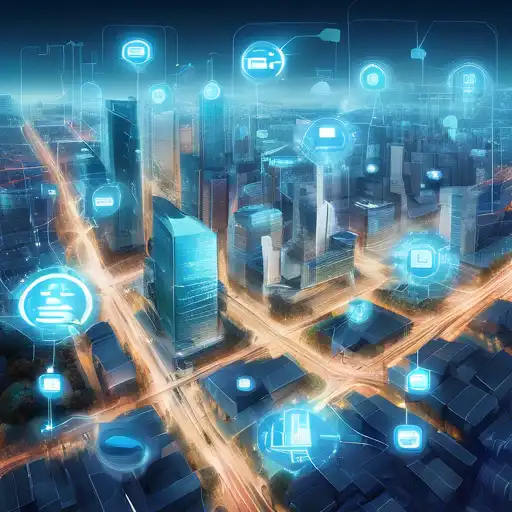Introduction to IoT in Smart Cities
The Internet of Things (IoT) is revolutionizing the way cities operate, making them smarter, more efficient, and more sustainable. By connecting devices and systems across urban areas, IoT enables real-time data collection and analysis, leading to improved decision-making and enhanced quality of life for residents.
Key Components of IoT in Smart Cities
Smart cities leverage IoT through various components, including:
- Smart Sensors: These devices collect data on everything from traffic patterns to air quality.
- Connectivity: High-speed networks enable seamless communication between devices.
- Data Analytics: Advanced algorithms process vast amounts of data to generate actionable insights.
- User Interfaces: Apps and dashboards allow citizens and officials to interact with smart city systems.
Benefits of IoT in Urban Environments
The integration of IoT in smart cities offers numerous benefits:
- Enhanced Public Safety: Real-time monitoring can help prevent accidents and crimes.
- Improved Traffic Management: Smart traffic lights and sensors reduce congestion and pollution.
- Energy Efficiency: IoT systems optimize energy use in buildings and street lighting.
- Waste Management: Smart bins and collection routes improve sanitation and efficiency.
Challenges and Solutions
Despite its potential, the deployment of IoT in smart cities faces challenges such as privacy concerns, cybersecurity risks, and high implementation costs. Addressing these issues requires robust security measures, public-private partnerships, and scalable solutions.
Future Prospects
The future of IoT in smart cities is bright, with advancements in AI and 5G technology set to further enhance connectivity and automation. As cities continue to grow, IoT will play a pivotal role in ensuring sustainable urban development.
For more insights into how technology is shaping our cities, explore our articles on Digital Transformation and Urban Development.
